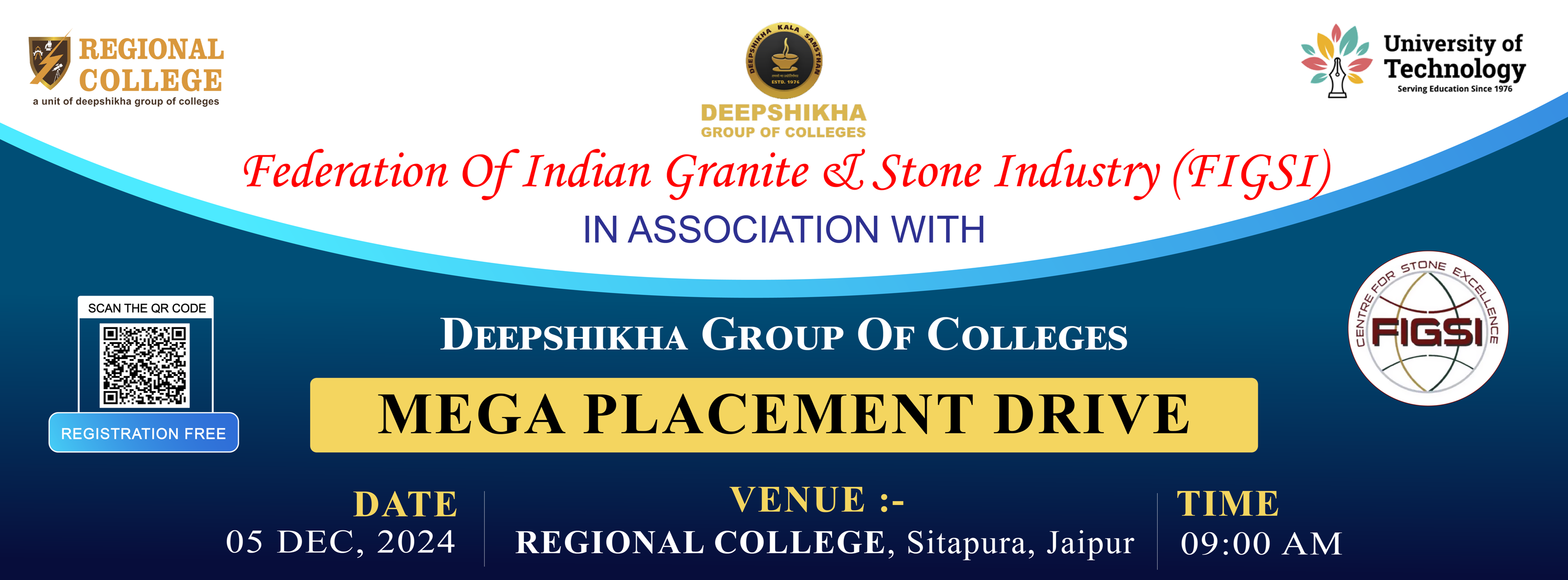By combining scientific knowledge with the required skills of engineering, engineers can develop something tangible and useful to society. The electrical and electronics engineering students in the best B. Tech college of Jaipur are propelling some of today’s most significant innovations and striving for sustainable development.
What are the responsibilities of engineers in the electrical and electronic fields?
Electrical engineers develop life-changing technologies or improve existing ones by applying electrical principles. Electrical and electronic engineers have paved the way for many advancements, from Edison’s electric bulb to modern-day smart televisions, cell phones, solar panels, and GPS.
The pace at which technology is changing and adopting makes Electrical and Electronic Engineers adept at diversifying the promising growth areas for the next decade. Let’s check out some of these recent innovations:
- Sustainable development and green energy
Increasing interest in solar and other forms of renewable energy has been spurred by the depletion of fossil fuels and the high price of fossil fuels. With the green energy electrical power converter, renewable energy can be used and the excess energy can be fed back into the grid. The essence of sustainable energy development is to meet the growing energy demands of the present generation without compromising the needs and demands of future generations with minimal environmental degradation.
- Smart Grids
Innovative technology is used in a smart grid to improve power flow, detect malfunctions, and automate service delivery. By facilitating end-to-end communication between power plants and distribution sites, digital communication contributes to improving efficiency and reducing costs.
- Bioengineering
Molecular innovations such as nanotechnology and genome sequencing for medicine are a breakthrough at the molecular level for brand new industries.
- Wireless connectivity and Wi-Fi
Whether internet connectivity is wired or wireless, its maximum speed is practically dependent on the parameters of the electrical and electronic engineering domain, such as semiconductor size and composition. An increase in speed can be attributed to a shift in the engineering process, a new transmission medium, or other technologies.
- Graphene
The material consists of a single layer of carbon atoms, is exceptionally thin but the strongest material on earth. It provides an increase in battery life for portable devices and is suitable for wearable technology- the future of electrical engineering.
- Photovoltaic cells with high efficiency
It is an enduring challenge for Electrical and Electronics engineers to implement efficient photovoltaic cells that are extremely resistant to damage. To enhance collection and distribution efficiency, a different engineering approach is being used.
As a result of digital technology, electrical engineering education has also been revolutionized- “the ability to develop software for modern media (apps, web, and cloud) and connect them to the same electronics that the designer has designed.
A flexible smartphone with a holographic display, virtual reality provided by sensory experience that users can view in 3D, drones which are extensively used for photography, warfare, etc., will become the future of Electrical and Electronic Engineering. With the advancement of drone technology, a new series of wall climbing drones will be possible.
Electrical and electronics engineering students at the best private engineering college in Rajasthan have been venturing into new and innovative domains with collaboration across industries such as wearables, entertainment, operations engineering function, product improvement, optical fibres, internet protocol, and satellite communications. Technocrats like these are passionate about contributing to scientific advances that benefit society worldwide.















